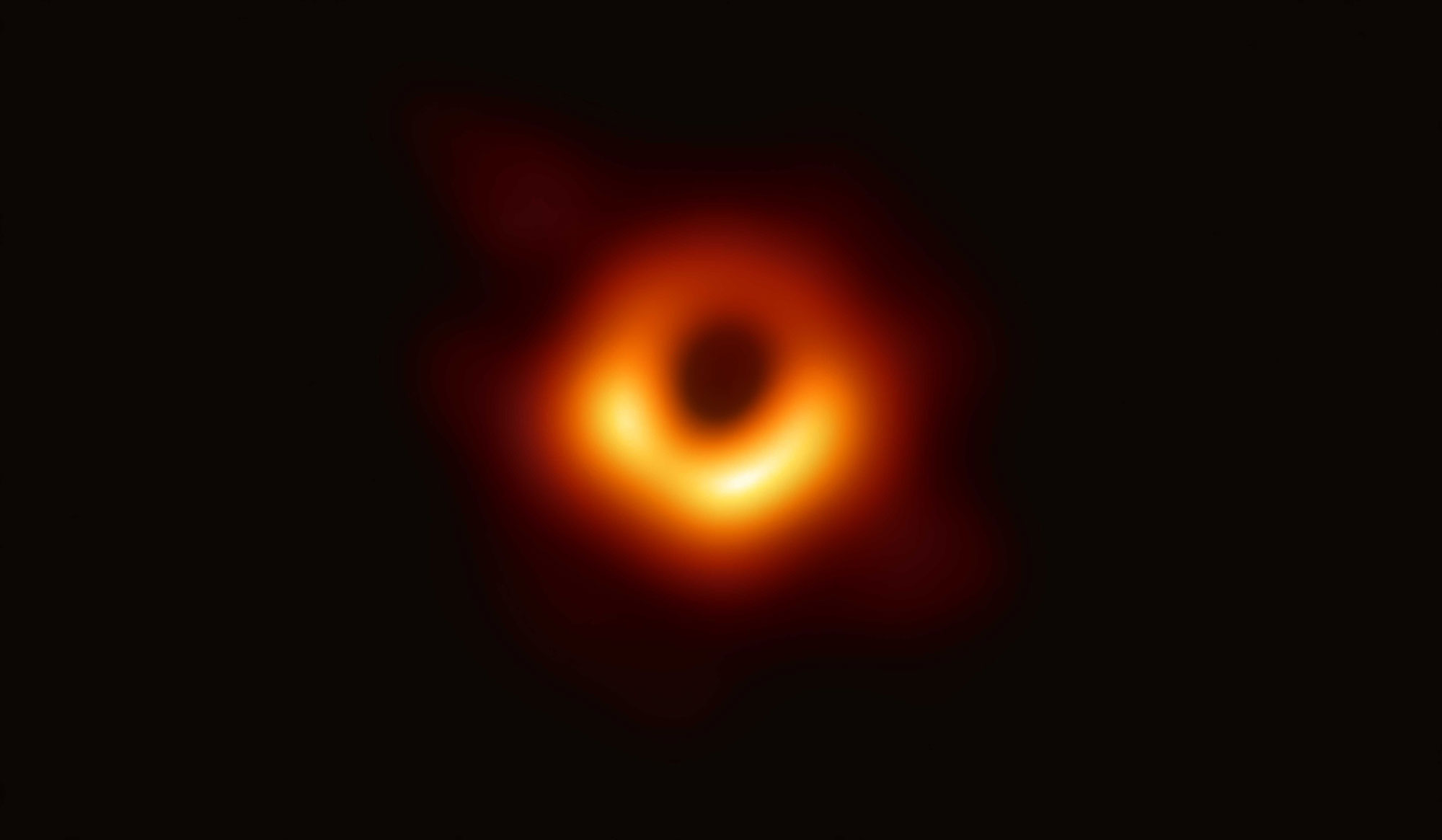

Our static reconstructions of Sgr A* can be clustered into four representative morphologies that correspond to ring images with three different azimuthal brightness distributions and a small cluster that contains diverse nonring morphologies. Mitigation of the rapid intraday variability that characterizes Sgr A* has been carried out through the addition of a "variability noise budget" in the observed visibilities, facilitating the reconstruction of static full-track images.

Different prescriptions have been used to account for scattering effects by the interstellar medium toward the Galactic center. The images showed a ring, as predicted by general relativity. In 2019, the EHT produced iconic images of the emission around the black hole in M87. Imaging of Sgr A* has been conducted through surveys over a wide range of imaging assumptions using the classical CLEAN algorithm, regularized maximum likelihood methods, and a Bayesian posterior sampling method. The Event Horizon Telescope (EHT) Collaboration is a group of observatories united to image the emission around supermassive black holes. Together with the bounds found for stellar-mass black holes and the M87 black hole, our observations provide further support that the external spacetimes of all black holes are described by the Kerr metric, independent of their mass.We present the first event-horizon-scale images and spatiotemporal analysis of Sgr A* taken with the Event Horizon Telescope in 2017 April at a wavelength of 1.3 mm. We compare our results to the broader landscape of gravitational tests. Using the observed image size and the broadband spectrum of Sgr A*, we conclude that a thermal surface can be ruled out and a fully reflective one is unlikely. To consider alternatives to the presence of an event horizon, we explore the possibility that Sgr A* is a compact object with a surface that either absorbs and thermally reemits incident radiation or partially reflects it. Analogue signals collected by the antenna are converted to digital signals and stored on hard drives together with the time signals provided by the atomic clock. The Event Horizon Telescope (EHT) is a network of synchronized radio observatories around the world that combine as a single telescope with an aperture the size of Earth used to observe sources of. Each antenna, spread out over vast distances, has an extremely precise atomic clock. We use these bounds to constrain metrics that are parametrically different from Kerr, as well as the charges of several known spacetimes. A schematic diagram of the VLBI mechanism of EHT. We use the exquisite prior constraints on the mass-to-distance ratio for Sgr A* to show that the observed image size is within ~10% of the Kerr predictions. We calibrate the relationship between the geometrically defined black hole shadow and the observed size of the ring-like images using a library that includes both Kerr and non-Kerr simulations. We present new constraints on potential deviations from the Kerr prediction based on 2017 EHT observations of Sagittarius A* (Sgr A*). This is the only stationary, vacuum, axisymmetric metric, without electromagnetic charge, that satisfies Einstein's equations and does not have pathologies outside of the event horizon. Astrophysical black holes are expected to be described by the Kerr metric.


 0 kommentar(er)
0 kommentar(er)
